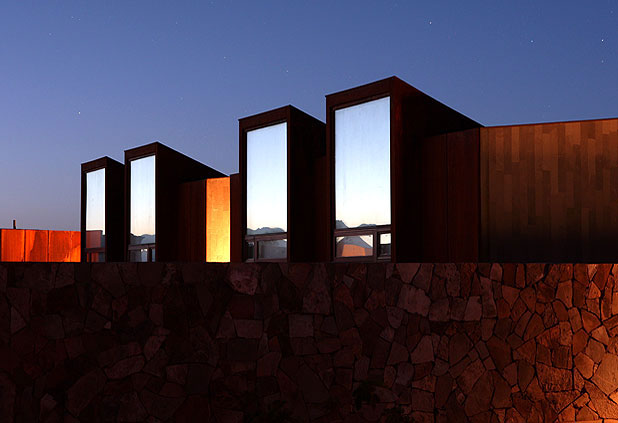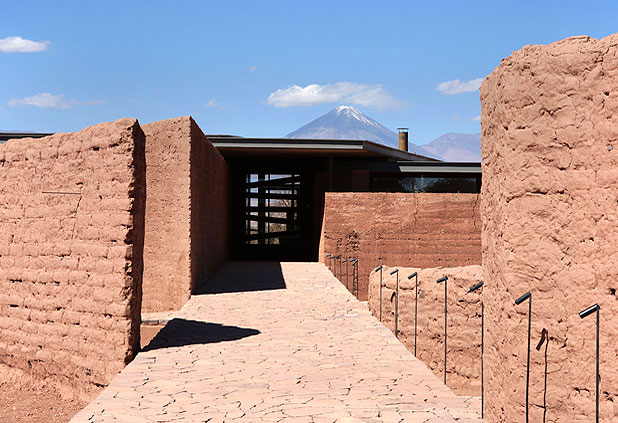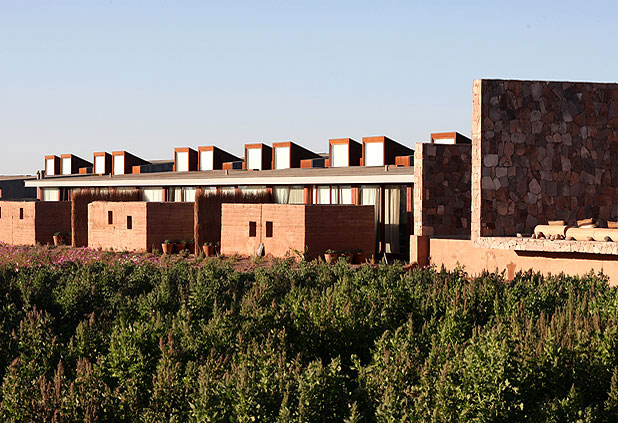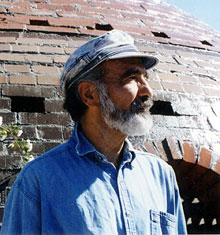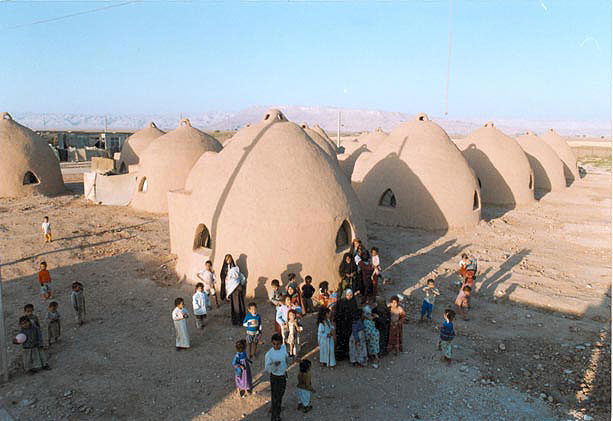EarthArchitecture.org began February 22, 2003 as the research of Ronald Rael—currently Professor and Eva Li Memorial Chair in Architecture at the University of California Berkeley. The compilation of the research on the earth architecture website led to the publication of Earth Architecture (Princeton Architectural Press, 2008, paperback edition, 2010), which examines the contemporary history of the oldest and most widely used building material on the planet—dirt.
The book provides a history of building with earth in the modern era, focusing particularly on projects constructed in the last few decades that use rammed earth, mud brick, compressed earth, cob, and several other interesting techniques. Earth Architecture presents a selection of more than forty projects that exemplify new, creative uses of the oldest building material on the planet. With more than three hundred images, Earth Architecture showcases the beauty and simplicity of one of humankind’s most evolved and sophisticated building technologies. The research was funded by the Graham Foundation for Constructed Topographies: Earth Architecture in the Landscape of Modernity, and the Architectural League of New York’s Deborah Norden Competition for Wadi Hadramut: Cities of Earth (2000).
The website reaches far more broadly, looking at all aspects of humankind’s relationship to making things with mud, dirt, dust and the effects that our making traditions have impacted contemporary culture, from music, architecture, art, pottery, and 3D printing.
In 2009 Eartharchitecture.org was ranked among the top 20 most important blogs on architecture worldwide measured by the number of subscribers (Google Reader + Bloglines) and the number of hits in Google (Google + Google Images). In 2014 the website was abandoned, but is now an online resource that will continue to be updated regularly and hosted under the hospice of the non-profit organization, Adobe Archipelago, a 501c3.



